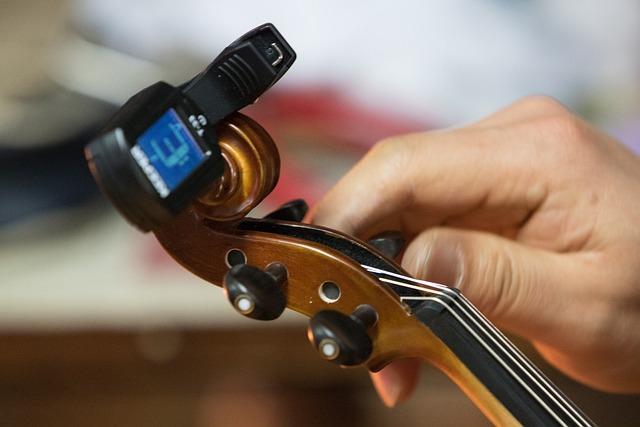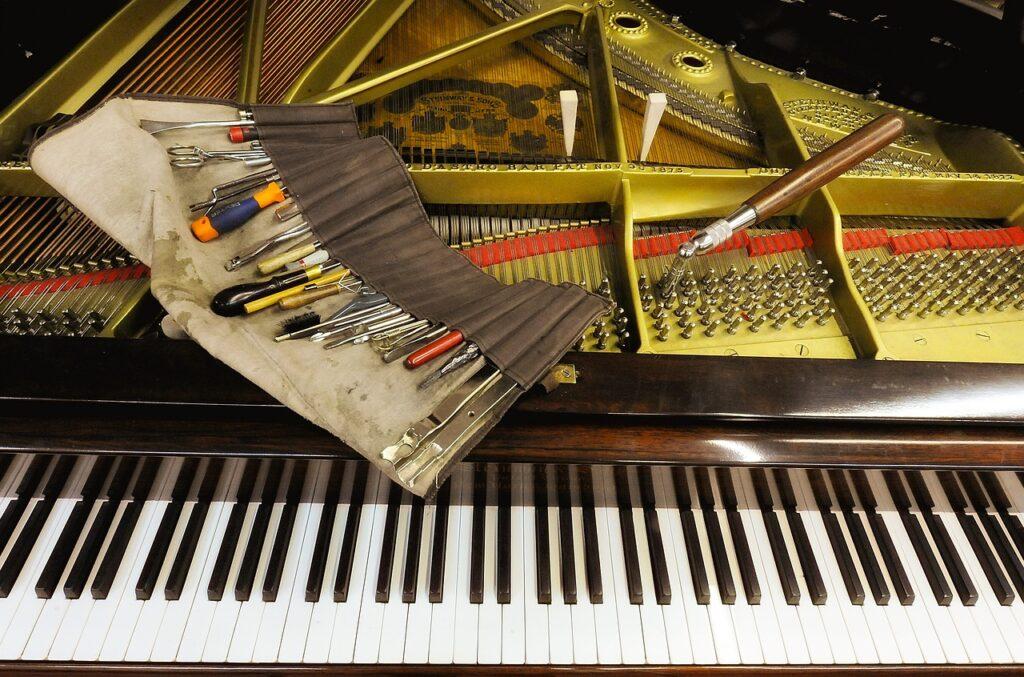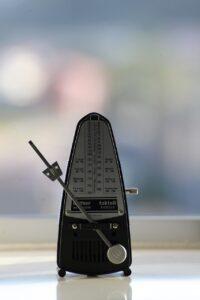Estimated reading time 4 minutes
Table of Contents
Introduction
Are you thinking about composing in just intonation? Do you worry that just intonation is impractical? As with any tuning system, just intonation has its strengths and weaknesses. We’ll look at the pros and cons, and when you’ve gone through the post, you can make up your own mind. Read more to help you answer the question, “Is just intonation impractical?”
This post uses technical music terms. See the Glossary below for definition links.

Is Just Intonation Impractical: Meet the Tunings
As we talk about whether just intonation ( JI ) is impractical or not, we’ll also talk about equal temperament (ET). Why? Because ET remains the modern tuning standard. Therefore, we can compare JI’s practicality against that reference.
For more info on the tunings:
![Is Just Intonation Impractical – Tuning Fork – Perfect Pitch: Discover the Truth [Plus Absolute Pitch Test] – What Does Intonation Mean and Why Is It Essential in Music Is Just Intonation Impractical - Tuning Fork - Perfect Pitch: Discover the Truth [Plus Absolute Pitch Test] - What Does Intonation Mean and Why Is It Essential in Music](https://successmusicstudio.com/wp-content/uploads/elementor/thumbs/Is-Just-Intonation-Impractical-Tuning-Fork-pyyahhdhbk7acya2z8dn017v02hyx8owfuaa2re7u4.jpg)
The Pros and Cons of Just Intonation vs Equal Temperament
Just Intonation Pros:
- The harmonies sound good. This is JI’s main strength.
- JI creates a good harmonic sound model for ear training.
Just Intonation Cons:
- The leading tone tunes low, making it sound melodically out of tune for many musicians, especially violinists.
- It doesn’t make a good ear training melodic sound model after you get beyond the 5-limit.
- Because it doesn’t have standardized notation, reading and transcribing in JI can be an issue.
- The chord progressions don’t make a closed loop that can cycle around like the circle of fifths, and JI lacks enharmonic notes.
- Because of the radically different tuning, you can only play JI with a synth, a computer, or on a purpose-built instrument.
- Strictly speaking, JI has an infinite number of notes. Even systems with fewer notes (e.g., 43 per octave) can overwhelm the average musician.
- Because it uses fractions, JI’s theory can be confusing.
Equal Temperament Pros:
- It’s the standard (by way of practice room pianos) of how a melody should sound.
- ET works well with traditional music theory, including the circle of fifths and enharmonic notes.
- It only has 12 notes, making it easier to understand.
- Standard notation works with ET.
- Most modern instruments work with ET.
Equal Temperament Cons:
- The major thirds barely sound in tune on piano, and they’re even worse on organ.
- The piano makes a poor harmonic sound model.
Is Just Intonation Impractical: Another Option
If just intonation is impractical, and you can’t stand the chords in equal temperament, what can you do? Try a compromise option.
If JI and ET got married and had a baby, it’d be Supplemented Equal Temperament (SET). What is SET? It takes the best features of both JI and ET and combines them together. Like with JI and ET, SET has its strengths and weaknesses. However, it also addresses many of the issues that JI and ET present.
- The harmonies sound almost as good as JI and a lot better than ET.
- You can control the pitch height of your thirds. So, it can work as both a melodic and harmonic sound model for ear training.
- You can organize chord progressions using the circle of fifths.
- SET has a variable number of pitches, but it’ll always be more that ET.
- SET works with standard notation.
- Instruments such as voices, woodwinds, brass, and violins don’t need any special ear training to play with SET. They just tune as they play the way they always do.
- Instruments such as the piano and xylophone can always play at least some SET notes, because SET has both JI and ET notes designed into it.
- Music theory will be more complex than ET, but much easier than JI.
The following posts introduce you to SET:

Concluding Thoughts to "Is Just Intonation Impractical?"
Is just intonation impractical? In some ways that depends on you and how much you want to put into it.
Are you tired of ET’s unpleasant sounding chords? You’ll need to balance the beautiful JI harmonies against the difficulties of working with the JI tuning system.
With dedication, JI can be rewarding. Though, many musicians may not want to put in that much effort. You’ve seen the list of pros and cons. You can decide for yourself.
Alternately, SET provides a compromise that you might also want to explore.
© 2022 Geoffrey Keith
Join me for in-person or online lessons today!
Glossary
How to Play the Sad Sounding D Minor Chord
Do you want to know how to play the open D minor guitar chord? Do you want to know why it sounds sad? Minor chords have a sweet, haunting sound. Open D minor has medium difficulty, but with the right fingering strategies, it’s not that hard to play. Keep reading “How to Play the Sad Sounding D Minor Chord” to find out how to best play open D minor. Estimated reading time 3 minutes.
Read MoreBPM (Using the Metronome to Get the Music Beat)
Do you want to know the purpose of a metronome and how to read it? A metronome helps you find the tempo of a song in beats per minute (bpm). Also, it helps you practice by clicking at a (user adjustable) speed. So, that way you can play along with (for example) the tempo moderato on the metronome. Keep reading “BPM (Using the Metronome to Get the Music Beat)” to learn the various ways it can help. Estimated reading time 3 minutes.
Read MoreOn the Electric Keyboard Can You Play Dynamics?
On the electric keyboard can you play dynamics? Well, that depends on the type of keyboard that you buy. In music, dynamics refers to the volume and intensity of sound, ranging from very soft (pp = pianissimo) to very loud (ff = fortissimo). Not all keyboards can play loud and soft through the keys though. Click to learn what you need to think about when buying an electronic keyboard. Estimated reading time 2 minutes.
Read MoreVibrato Impacts Singing in Tune
Have you ever wondered what you could do to better sing in tune? Knowledge is power. Read more to find out how vibrato impacts singing in tune. (Also, the post uses a video of Bohemian Rhapsody to illustrate the main point.) Estimated reading time 4 minutes.
Read More




